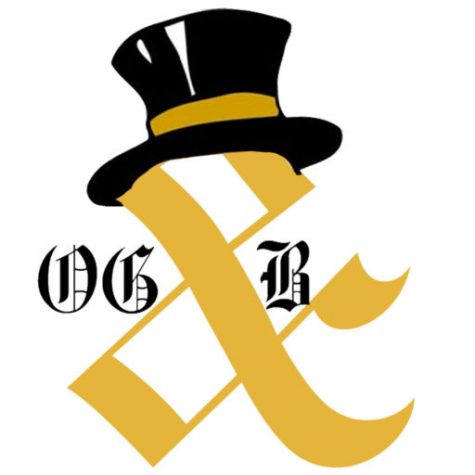Greek life allows objects to rule relationships
Greek Life ensures that commodity fetishism stands as a gate to collegiate social life
April 29, 2021
Although we may not realize it, there are many forms of mass-produced culture that target and direct how we think, what we like and what we choose to consume. The products we buy have been “fetishized” so as to attract our attention.
In Karl Marx’s “Labor Theory of Value,” the concept of commodity fetishism refers to a process of the objectification of social relations. Here, the labor, social relationships, and value hierarchies that are necessary for production are obfuscated by an assumption that the value of a commodity is a derivative solely of the commodity itself. In this way, the commodity is an object ascribed a mystical, symbolic power to confer value.
Thus, we can understand commodity fetishism to be when the value of an object is understood as intrinsic to the object itself, rather than said value being ascribed to the object by the social relations that produce and consume it. This leads to the assumption that the object itself has more power than it does in reality.
Further, by making it seem as though the value of an object comes inherently from the object, we fail to see the class divisions behind said object. That is, we fail to recognize the class divisions among those who brought the object into existence, and rather, we understand objects as things that gain their value from their relationship with other objects.
Marx expresses this idea by saying, “the relations connecting the labour of one individual with that of the rest appear, not as direct social relations between individuals at work, but as what they really are, material relations between persons and social relations between things.” In other words, the labor behind the object is merely seen as a necessity, leading us to objectify people and subjectify objects.
Additionally, commodity fetishism obscures the relations of production and results in the alienation of the worker. We do not see objects as the product of human labor, but as inherently and independently valuable commodities. In other words, we fail to see the class divisions behind the making of the product.
While commodity fetishism illustrates that class division is obscured through a system of generalized exchange, the same idea can be applied to collegiate Greek life. Greek life can also be understood as relationships between objects rather than people. There is a sense of unity that is produced through commodities. There may be certain clothes or brands that are deemed as necessary to have ownership of for acceptance into the community.
For example, during sorority recruitment, individuals who wear specific high-end clothing (e.g. Gucci belts and Golden Goose sneakers) will be paid closer attention to than those who are not. Why? Because those objects serve as symbols for entry.
Another example gleaned from Greek life — specifically at Wake Forest — is the color coordination of Converse sneakers to a particular sorority (X sorority members wear red converse, Y sorority members wear blue converse, etc.). The shoes frame a community as constructed through objects, and this gives the objects special powers. The shoes symbolize unity, making it almost seem insulting if someone wore the “wrong” shoes. The color of the shoes are not an afterthought of the social relation, but rather a stand-in for it.
To be wearing the (right) shoes is to be included. It is not so much then that inclusion brings the shoes, rather the shoes mark the literal body of the person. The shoes are a physical commodity that are ascribed an arbitrary power that quite literally marks the body for inclusion. This is what Marx was getting at — and was worried about. While we may be the creators of these objects, we are allowing the objects to rule, obscuring their value and social relation.






















